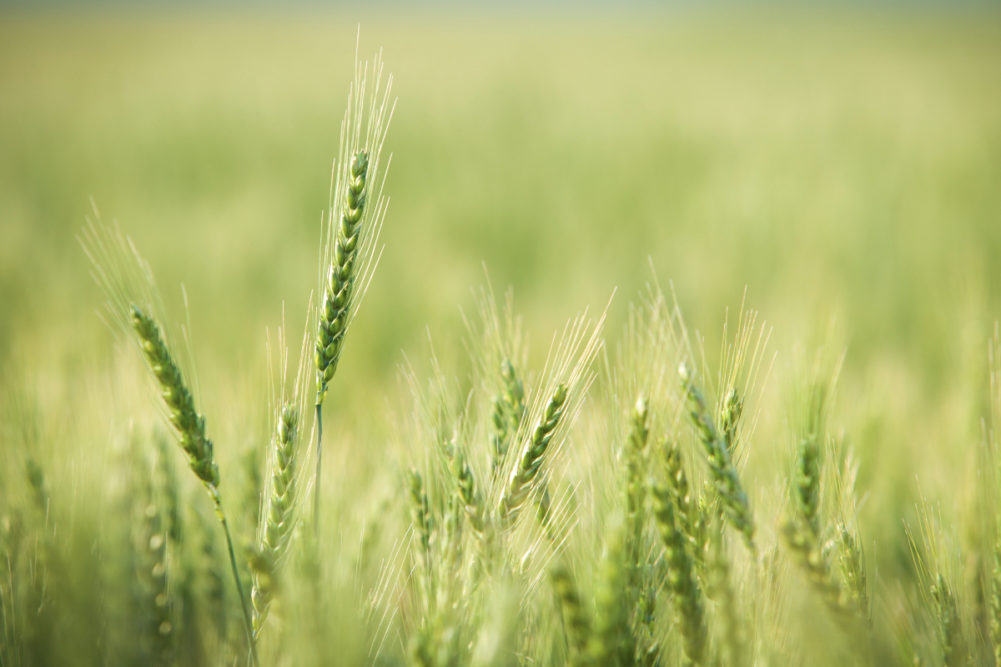 Even before the Prospective Plantings report was issued last week by the US Department of Agriculture, there was no expectation of a bumper wheat crop in 2020. In January, the Department estimated winter wheat seedings at 30.8 million acres, the second smallest area in more than 100 years. Still, for a variety of reasons, market observers had hoped for a reasonably large spring wheat crop this year. Those hopes were dealt a blow last week when the Department forecast plantings of spring wheat other than durum to decline 1% in 2020 from last year. While plantings were expected to be heavy in Montana and South Dakota, a 9% decrease was projected for the key state of North Dakota.
Even before the Prospective Plantings report was issued last week by the US Department of Agriculture, there was no expectation of a bumper wheat crop in 2020. In January, the Department estimated winter wheat seedings at 30.8 million acres, the second smallest area in more than 100 years. Still, for a variety of reasons, market observers had hoped for a reasonably large spring wheat crop this year. Those hopes were dealt a blow last week when the Department forecast plantings of spring wheat other than durum to decline 1% in 2020 from last year. While plantings were expected to be heavy in Montana and South Dakota, a 9% decrease was projected for the key state of North Dakota.
If the spring wheat plantings figure is realized when growers complete seedings in the weeks ahead, the all-wheat area will be 44.7 million acres, down 1% from last year and the smallest since records were kept beginning in 1919. By way of comparison, through most of the 1980s, plantings of winter wheat alone were well above 45 million acres.
Because of a difficult growing season in 2019, observers in the Upper Midwest continue to hold out hope spring wheat seedings will be heavier than indicated in last week’s report. While surging demand for plant-based proteins may suggest heavy plantings of peas and lentils, the USDA was not forecasting a significant increase in area planted to those crops. Meanwhile, growers in North Dakota have still been gathering remnants of last year’s corn crop. “When farmers are short of time, wheat is the easiest crop to get into the ground,” one miller said optimistically.





